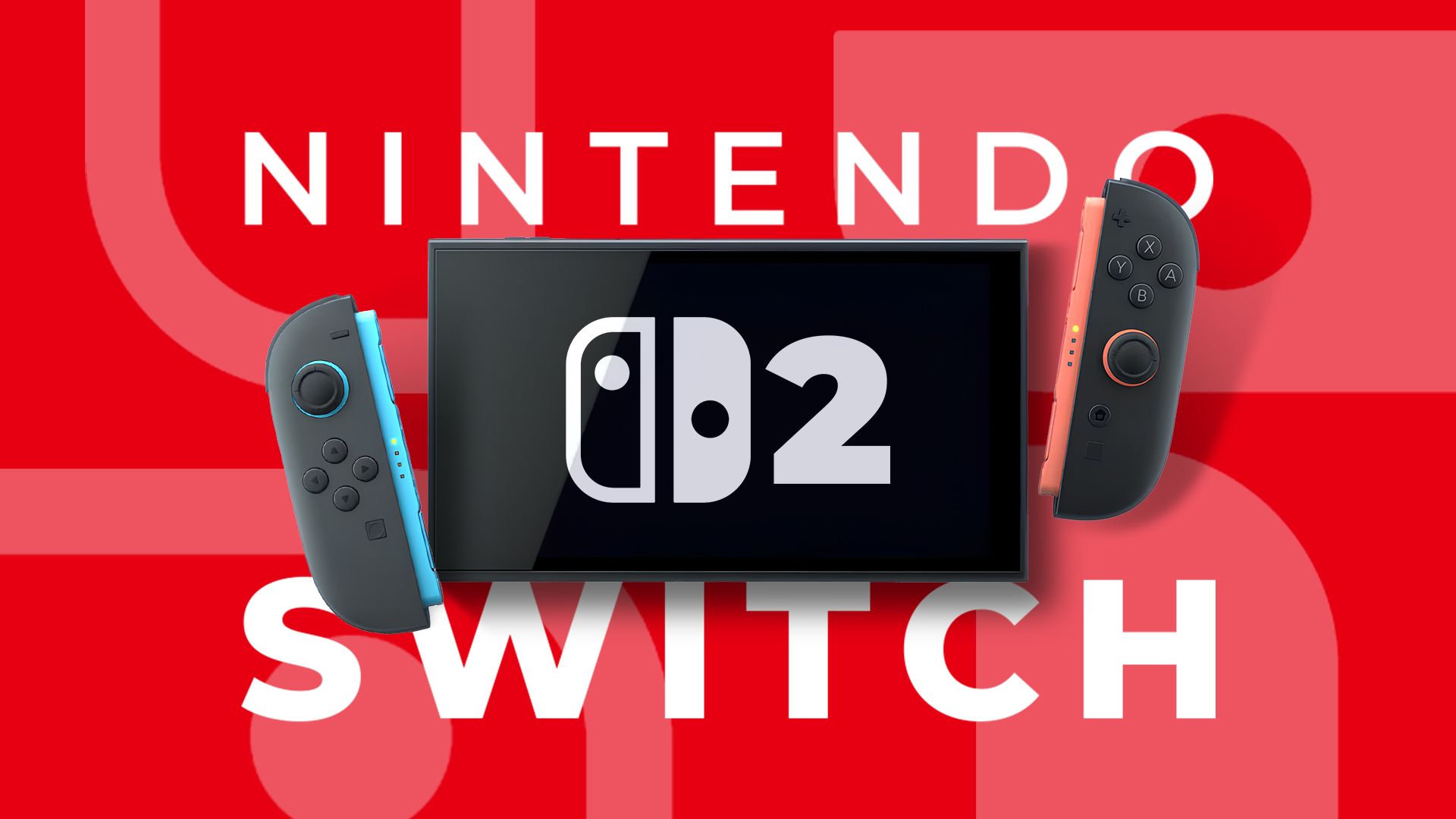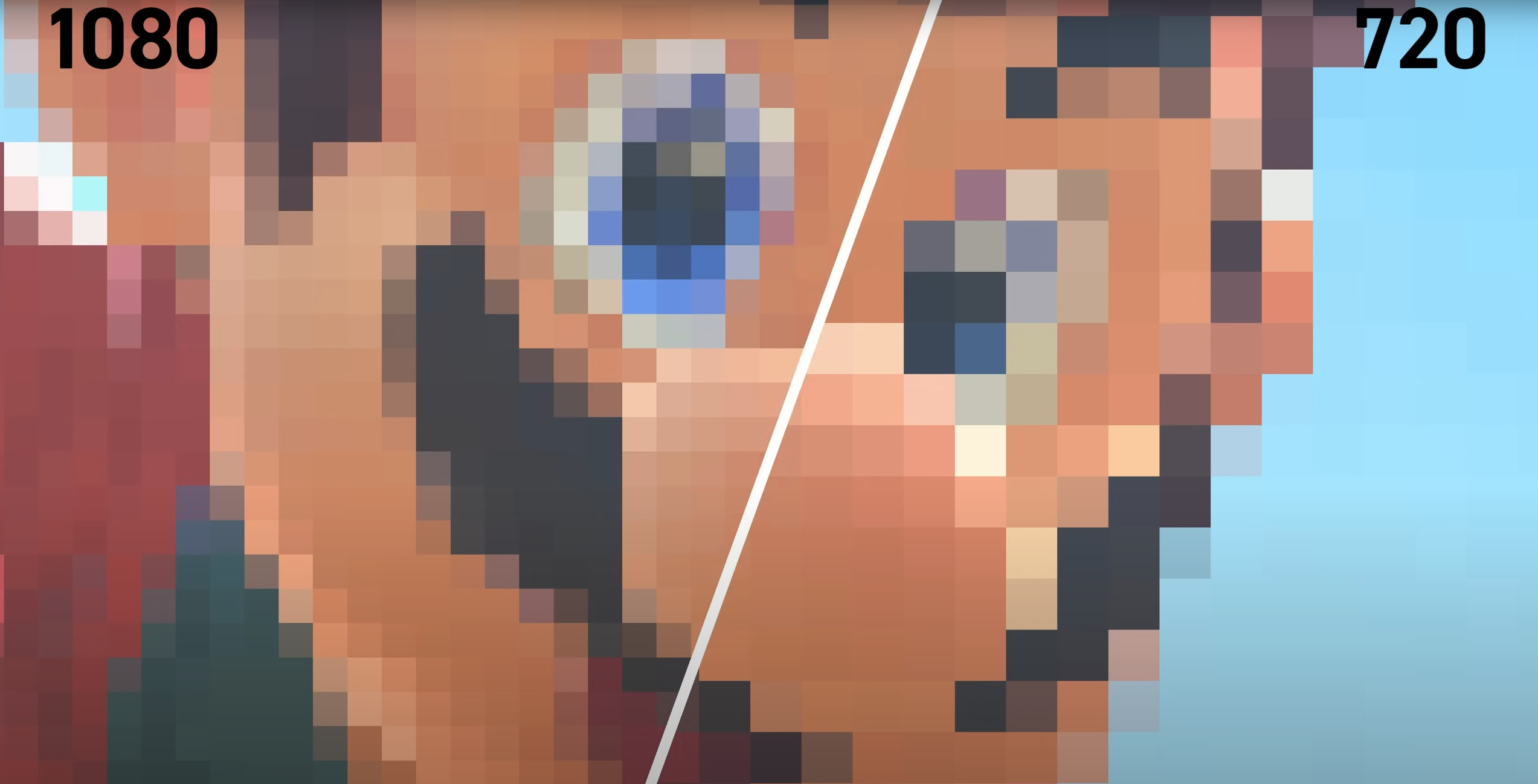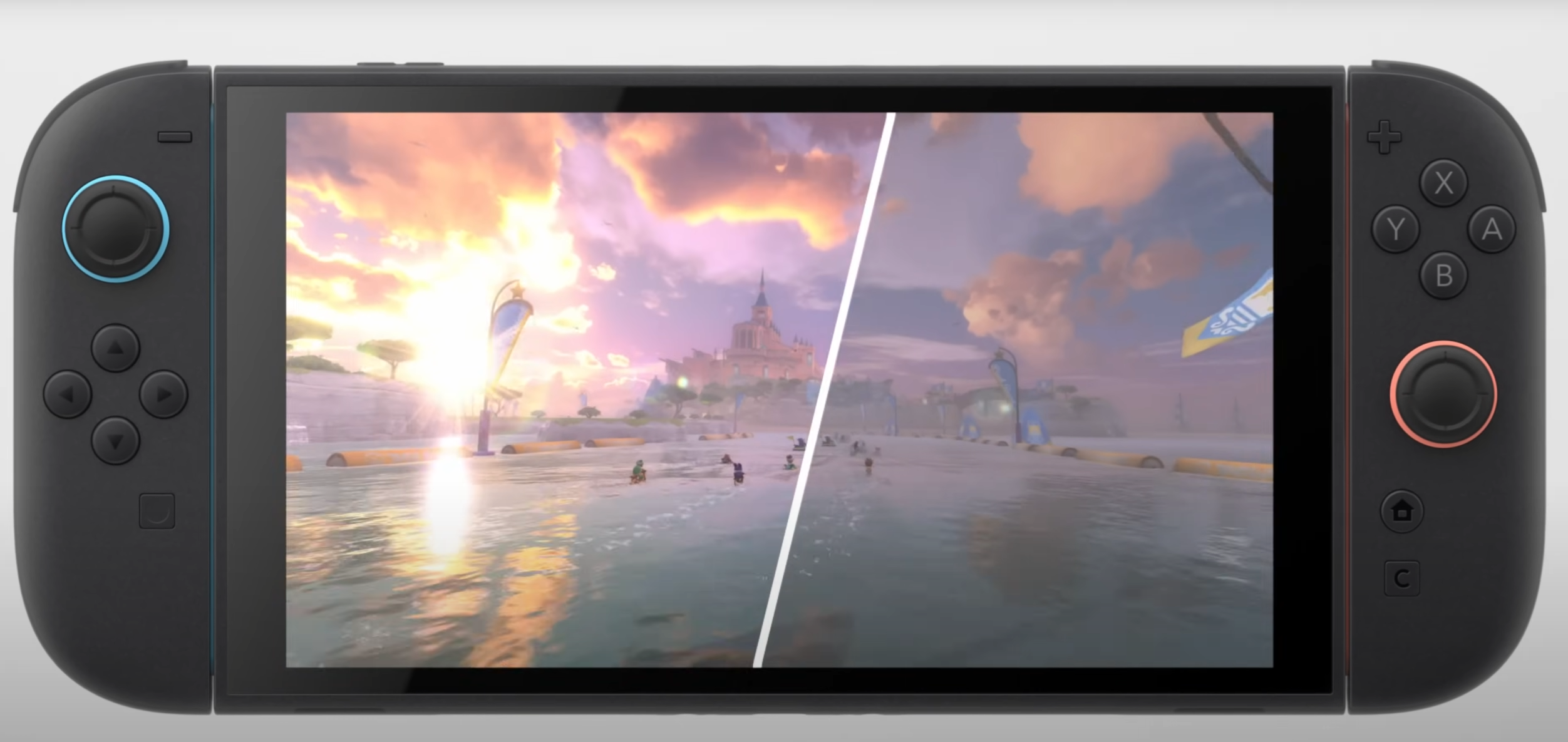With the official reveal of the Nintendo Switch 2, we now know that the launch model comes with an LCD and not an OLED as the last Switch model did. This seems to have upset quite a few prospective Switch buyers, but is it really a downgrade?
The answer is more complicated than you might think, and the mere fact that the new screen is an LCD rather than an OLED doesn’t mean the Switch 2 is a downgrade. Not by a long shot.
The OLED Switch Screen Is Good, but Not That Good
It is indisputable that the OLED Switch is a massive visual upgrade over the regular Switch. The original launch Switch, which I still have, had a particularly cheap and nasty LCD which was poor even by the standards of the day. It’s blurry in motion, has awful colors, and forget about contrast.
However, as OLEDs go, the OLED Switch is nothing special. It benefits from the inherent advantages of OLED, particularly perfect blacks and therefore infinite contrast. However, the later 2019 LCD Switch refresh is actually a little brighter than the OLED model. Digital Foundry measured the OLED at about 343 nits.
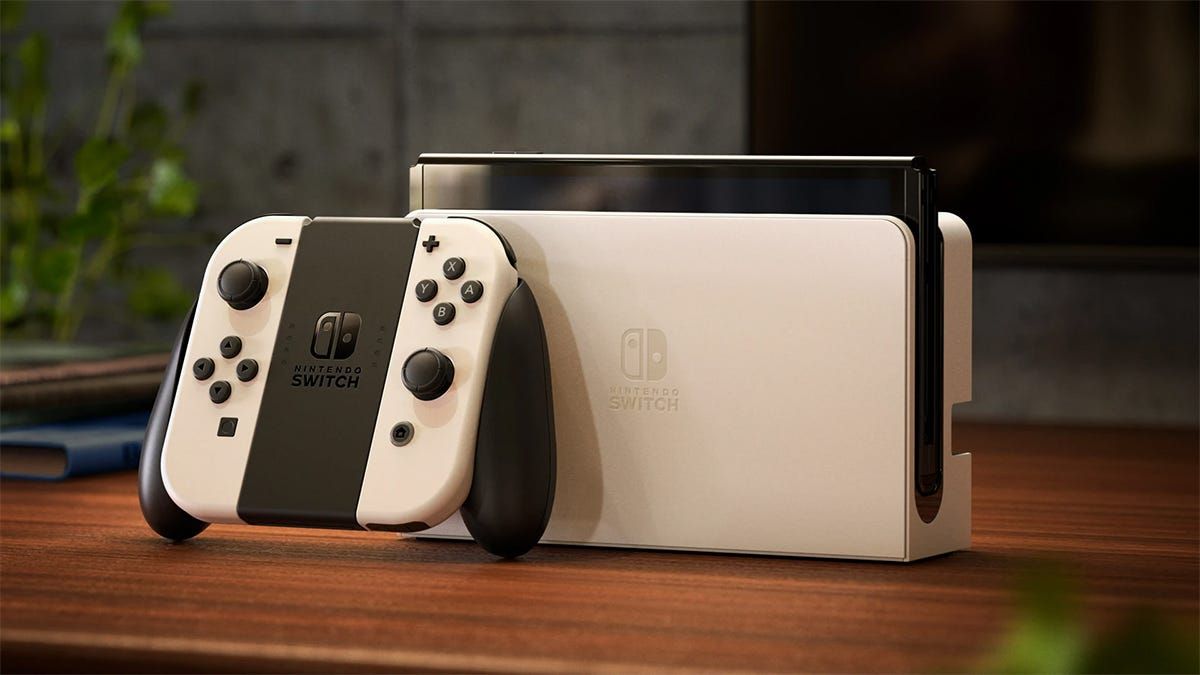
Nintendo Switch OLED Model
Consider that since 2019, IPS panels have come a long way, and my old ROG Ally and my current Lenovo Legion Go, while not offering perfect black levels, don’t exactly look gray or washed out like LCDs from a few years ago.

Related
TN vs. IPS vs. VA: What’s the Best Display Panel Technology?
The most influential decision you can make when you buy a new monitor is the panel type. So, what’s the difference between TN, VA, and IPS, and which one is right for you?
Likewise, while my launch VITA had an OLED screen, I would not want that screen over any modern IPS mobile LCD. The simple reason is that all of these screen technologies are in a constant arms race, and so you shouldn’t assume that a budget OLED panel from 2021 will automatically be better than an LCD panel from 2025 in every way.
Of course, having a modern OLED panel in the Switch would probably be better, but this is specifically about the LCD in the Switch 2 being a “downgrade”, when I think it’s a big upgrade in all the ways that matter for a gaming system.
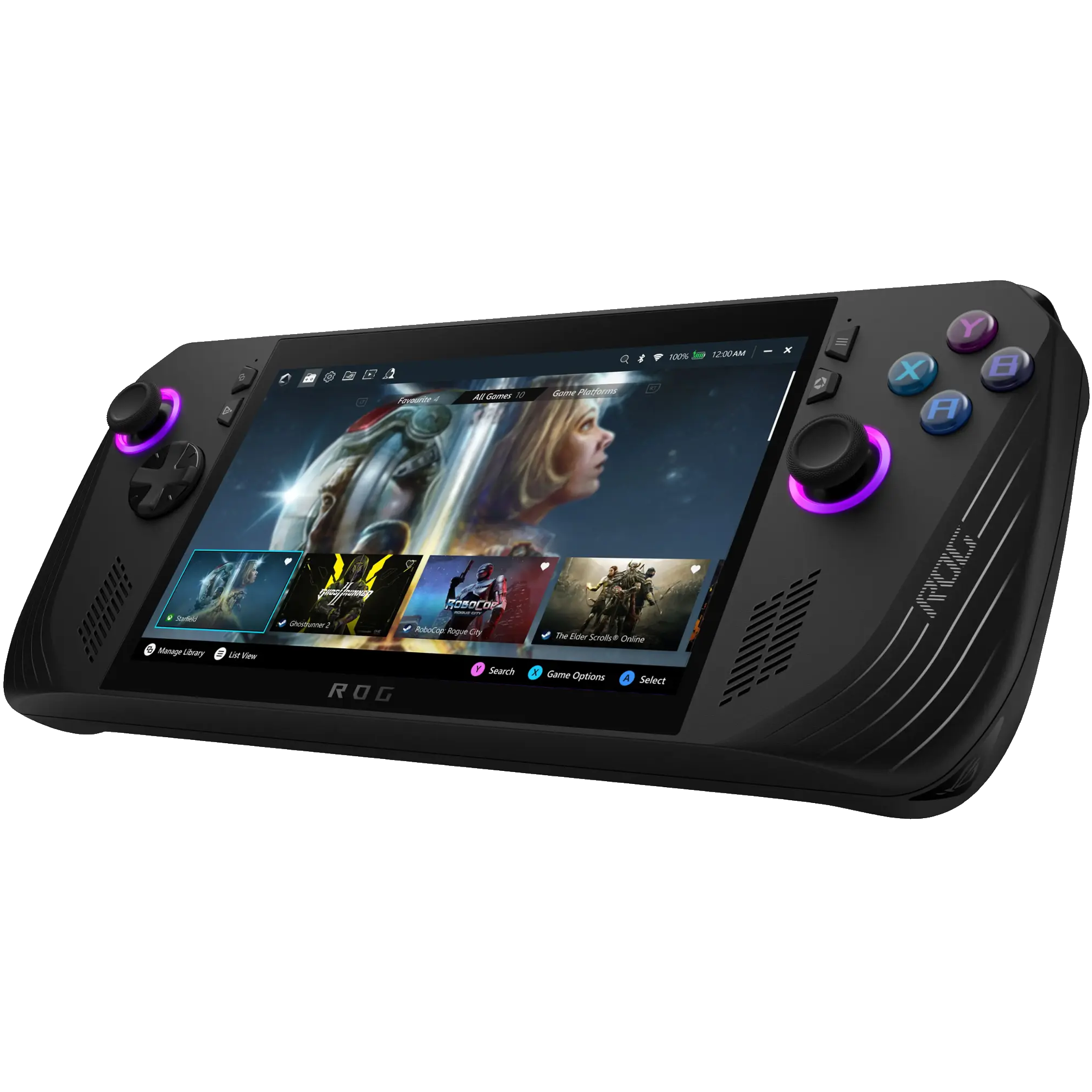
VRR and 120Hz Are Much More Impactful for Gaming
The screen in the Switch 2 is a 120Hz LCD with VRR (Variable Refresh Rate). For actual gameplay, this is a massive upgrade over the 60Hz fixed refresh OLED that came before.
Some games will run at 120Hz of course, but I expect most games to have a frame rate that varies, and having a 120Hz VRR panel means a hugely better experience in games that can’t keep a steady FPS number. It also allows for LFC (Low Frame Compensation) where dips below 30fps are smoothed out so you can’t see them visually.
Apart from this, this panel should be much more responsive, and make games feel snappy at any frame rate within that 120Hz window. Having played game on the ROG Ally with its similarly-capable screen, there’s a day-and-night difference in how games look and feel in motion.
1080p Is a Big Jump
There are 921,600 pixels in a 1280×720 display, versus 2,073,600 for a 1920×1080 display. Now the OLED Switch has a 7-inch screen versus the 7.9-inch display in the Switch 2, so don’t expect double the pixel density.Yet, if we plug those numbers into the Display Wars, it yields a surface area that’s 27.37% larger. That leaves plenty of extra pixels per inch versus the OLED Switch.
You’re getting a bigger screen and higher pixel density. We’re talking 44.016 vs 77.757 pixels per square inch (using this calculator) and that’s a big step-up in sharpness. There’s definitely a point of diminishing returns, but putting an OLED Switch next to a 1080p ROG Ally, for example, it’s not a subtle difference.
The ROG Ally next to an OLED Nintendo Switch. Both devices offer impressive screens in their own right.
HDR, Vibrancy, and Brightness Matter!
Nintendo has confirmed in its announcement that the built-in display offers HDR. We don’t have much more technical information at this point, but under the assumption that we’re getting usable HDR from this screen, that means it’s going to be significantly brighter than the OLED Switch model.
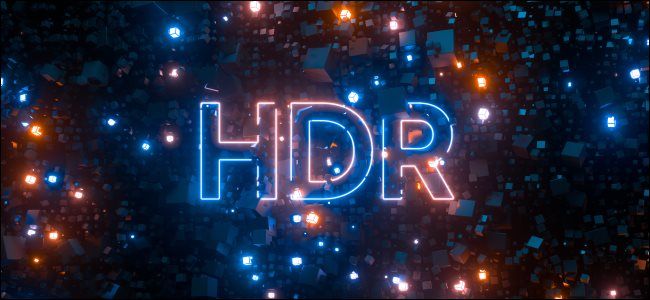
Related
What Is ‘Fake HDR,’ and Should You Buy HDR Blu-rays?
Do you buy a lot of 4K HDR Blu-rays? Unfortunately, you might not be getting what you think you’re getting.
It also implies that this screen has some sort of local dimming technology, since you can pretty much forget about an edge-lit LCD having proper HDR. Again, this is assuming the promised HDR is really HDR, but let’s give Nintendo the benefit of the doubt here.

Related
Nintendo also made a point of letting us know that this LCD is especially vivid. For a whole, OLEDs also had a vividness advantage over LCDs along with their superior contrast ratios, but those days are long gone.
A typical QLED, for example, will be brighter and more vibrant than many lower-end OLEDs. Brightness is still the achilles heel of OLED technology, which is why we are now seeing tandem OLEDs.
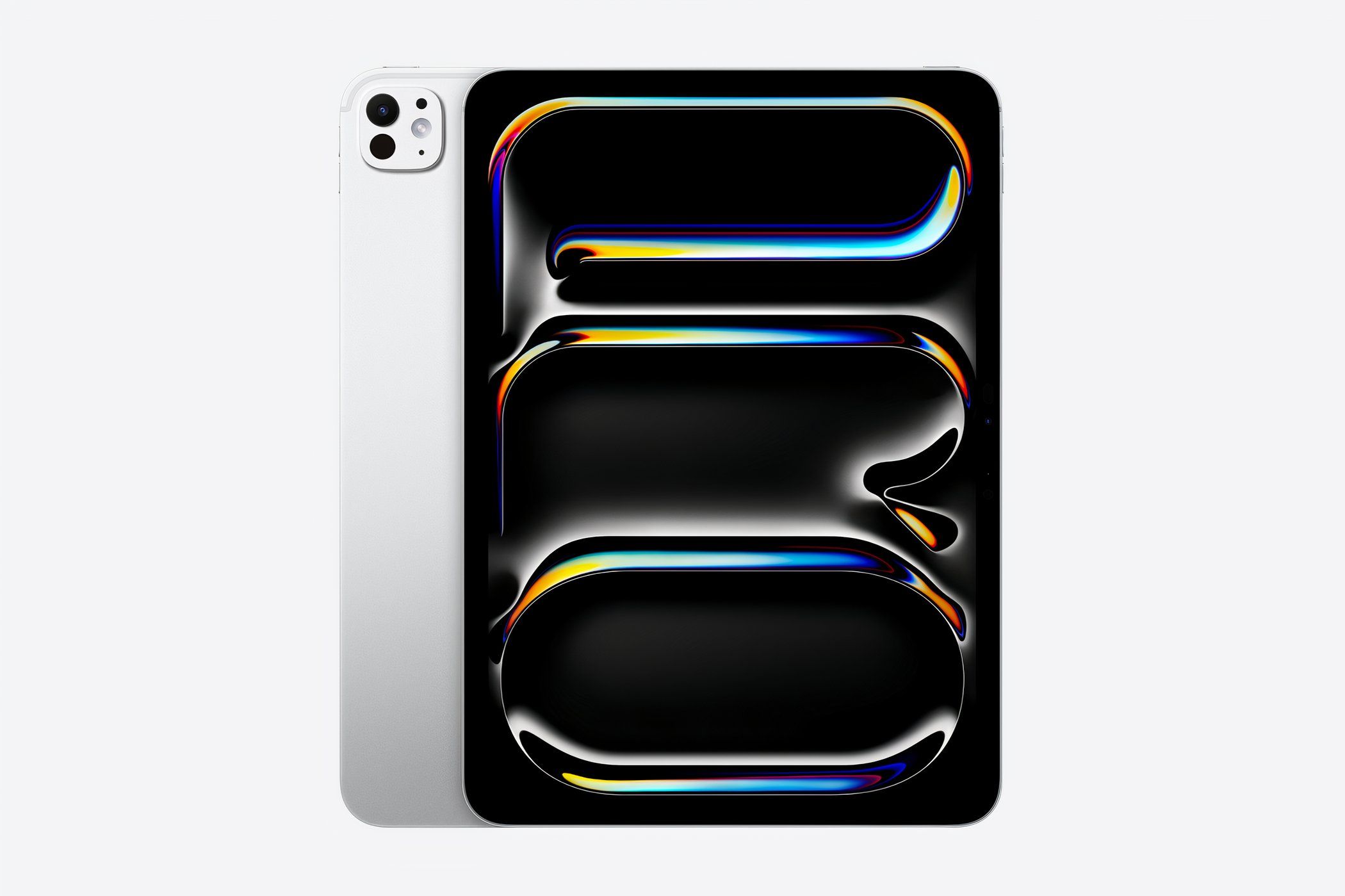
Related
The New iPad Pro Has a Tandem OLED Screen, But What Is It and How Does It Work?
Two OLEDs are better than one.
OLED Would Be a Bonus, but It’s Not Crucial for Gaming
Let me be, once again, clear: a 120Hz, HDR, 1080p, VRR OLED would be better than the LCD we’re getting in the launch Switch 2. However, given what we know about modern LCDs and the details revealed so far by Nintendo, the Switch 2 screen is almost certainly a big upgrade over the OLED Switch for gaming, not a step back as people seem to think.
As with any screen technology, what matters is what the display looks like to the naked eye. You can talk about specs and features all day, but what enters your eyeballs makes all the difference. On paper, and without having seen the new console in person yet, I think we have good reason to think that, on balance, games will look and play better on the Switch 2 LCD than on the Switch OLED. I would hate to be proven wrong, but that’s a bet I’m willing to take.
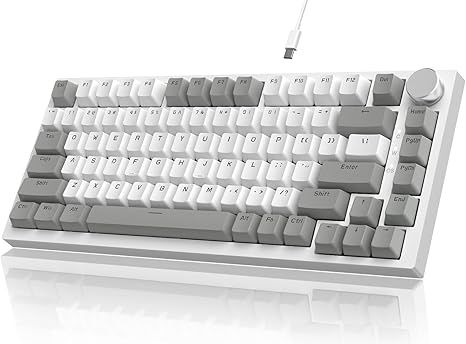
Ajazz AK820
The Ajazz AK820 is an affordable mechanical keyboard with a 75% layout, gasket structure, and hot-swappable switches. It also has a volume knob, a detachable USB-C cable, and OEM PBT keycaps, which make for a comfortable typing experience.


